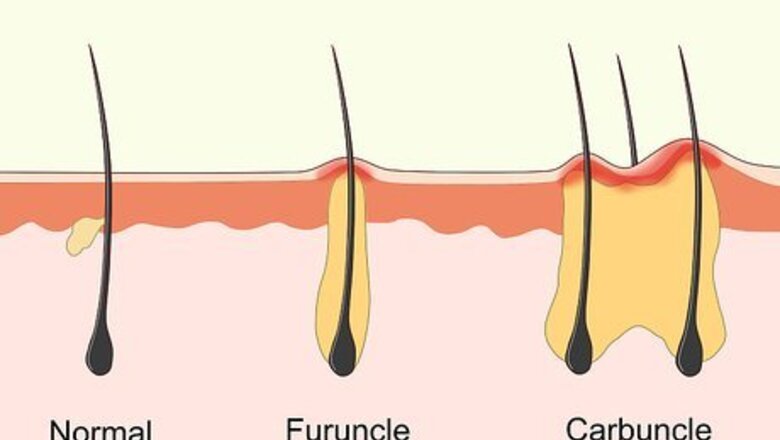
views
Background
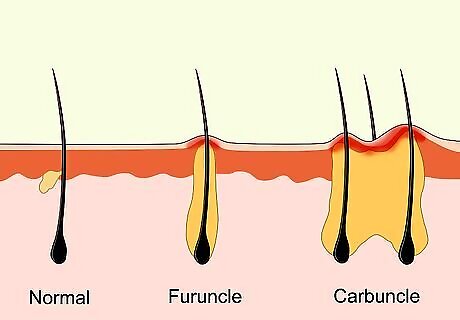
A carbuncle is a skin infection that involves multiple hair follicles. Skin infections can form pockets in your skin that are filled with pus, which is the white fluid you may recognize as whiteheads on pimples. Pus is made of dead skin cells, bacteria, and your own white blood cells fighting the infection. If the pocket of pus is large and involves multiple hair follicles in a single location on your skin, then it’s called a carbuncle. If the infection involves a single hair follicle, it’s called a furuncle, which is the medical term for a boil. When a person has multiple carbuncles, it’s a condition known as Carbunculosis.
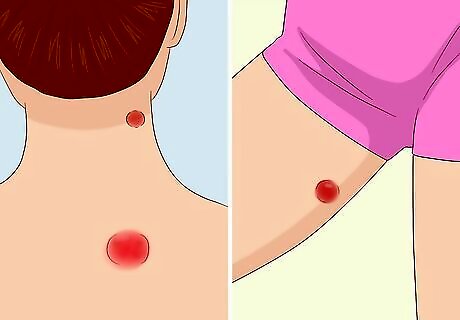
Carbuncles usually appear on your back, thighs, and neck. While carbuncles can technically occur anywhere on your skin, they’re often found in specific locations. Usually, carbuncles form on the nape, or back of your neck, your upper back and shoulders, or your thighs.
Causes
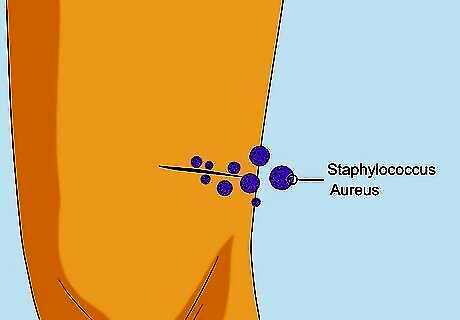
Staphylococcus aureus is the common cause. If the bacteria are able to penetrate your skin, it can cause an infection in your hair follicles and form a carbuncle. S. aureus can enter your skin through a bunch of different ways such as a cut or through close contact with someone who has the bacteria. Carbuncles can actually be spread from person to person or from 1 area of your body to another because the S. aureus bacteria is super contagious.
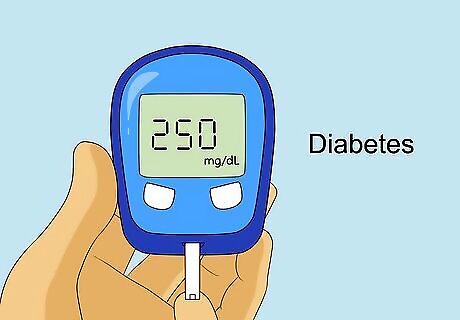
Diabetes can increase your risk of developing carbuncles. Diabetes can make it more difficult for your body to fight off infections, including bacterial infections. So if you have diabetes, you’re at a greater risk of developing skin problems like carbuncles.
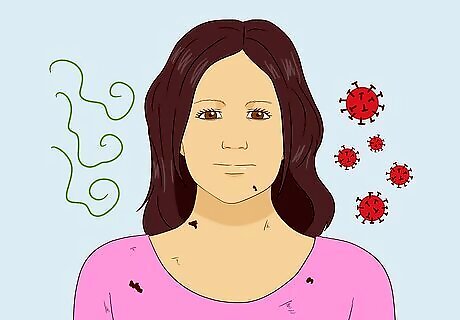
Poor hygiene and poor health can increase your risk. A weakened immune system can increase your risk of developing infections. If you’re already sick or immuno-suppressed because of another medical condition, you have a greater chance of getting carbuncles. Additionally, if you don’t wash or clean your skin regularly, you can more easily spread the bacteria that causes carbuncles. The friction and cuts from shaving can also increase your risk.
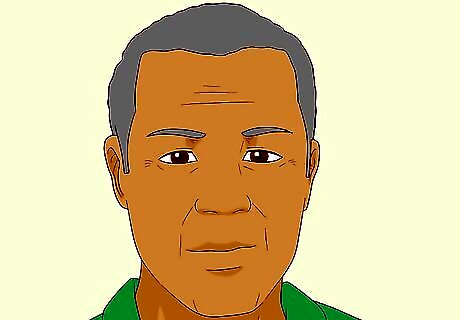
Carbuncles are more common in older men. Middle-aged and elderly men are more likely to have weaker immune systems and may be more prone to developing infections. Because of this, they’re at a greater risk of developing skin infections such as carbuncles.
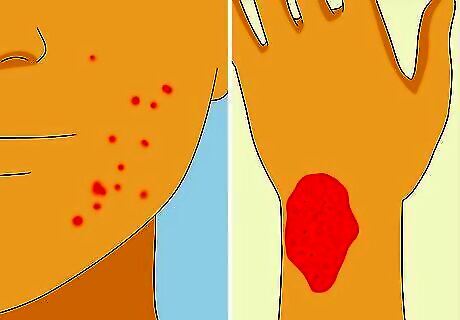
Eczema and acne can increase your risk. If bacteria are able to penetrate your skin barrier, it can cause a carbuncle. Skin conditions such as acne and eczema, which can create openings for bacteria to get into your skin, can increase your risk of developing carbuncles.
Symptoms
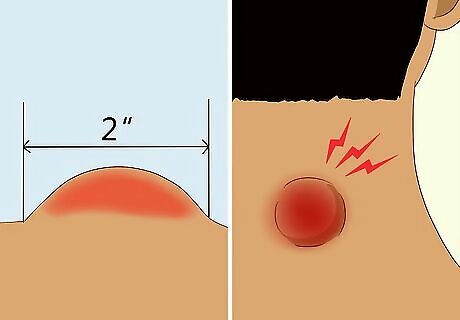
A carbuncle starts as a small but painful red bump that grows over time. Usually, you’ll notice a bump that feels deep in your skin. It can be painful and feel hot to the touch. Eventually, the bump can enlarge to more than 2 inches (5.1 cm) in diameter. The infection can also sometimes cause red streaks to form in the skin around the carbuncle.
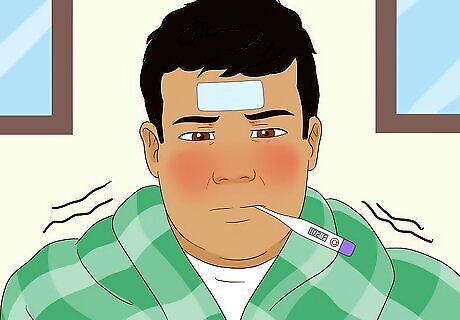
You may also have a fever and feel generally unwell. Because carbuncles are infections, they can affect your whole body. You can have some of the symptoms of an infection such as fever, fatigue, chills, and just feel generally cruddy.
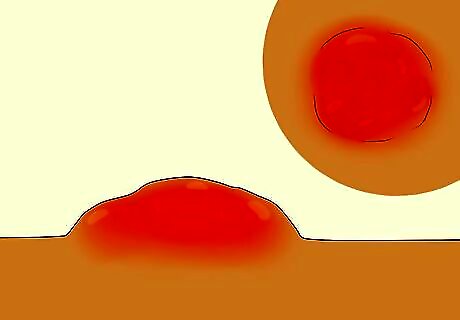
Carbuncles can also appear as a cluster of boils. Rather than a single, large boil, carbuncles can take the appearance of several, separate boils on the surface of your skin. Usually, it takes a few days for them to develop.
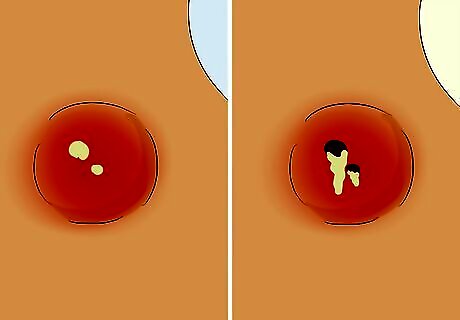
Eventually, a yellow-white tip can appear and then rupture. As the carbuncle grows, it will develop a yellow-white tip similar to the way a pimple develops a whitehead. Eventually, the tip will rupture and allow the pus to start draining out. Don’t try to squeeze or pop the carbuncle like a pimple! You could actually make it worse.
Treatment
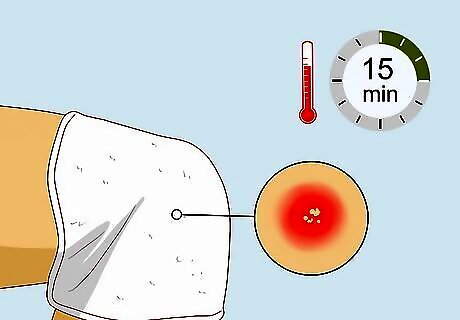
Place a warm, moist cloth on the carbuncle to help it drain. Most smaller carbuncles will drain and heal on their own without the need for medication or medical treatment. You can help speed up the draining process and soothe your skin by placing a warm, wet washcloth on top of the carbuncle for 15 minutes at a time, 3-4 times a day. It’ll help the carbuncle drain on its own. Keep doing this until the carbuncle drains. Then, keep the area clean, dry, and covered until it heals completely—which could take several weeks.
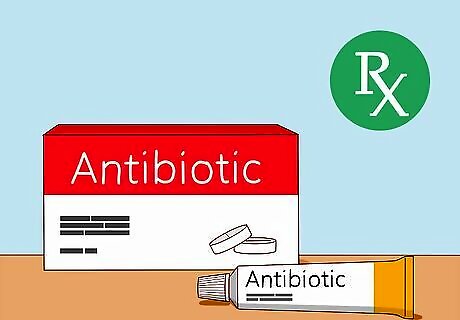
Get prescription antibiotics to treat severe or recurrent infections. If your carbuncles won’t clear up or keep coming back, your doctor may prescribe antibiotics to help knock out the infection. Follow the directions on the antibiotics, don’t skip any doses, and finish the full round of antibiotics for the best results. Your doctor may also prescribe an antibiotic ointment you can apply directly to the carbuncle to help fight off the infection. You can also get a secondary infection once the carbuncle opens, so it's a good idea to have it evaluated by your doctor regardless.
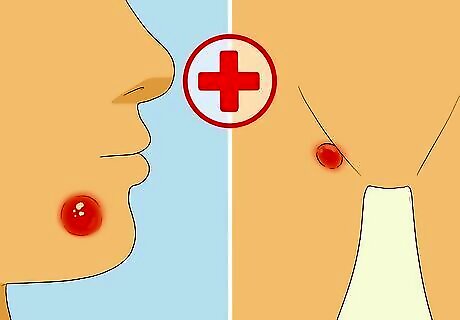
Go to a doctor if a boil is on your face, rectum, groin, or spine. Carbuncles that develop on sensitive regions, such as your rectum and groin, may need to be drained by a medical professional. Additionally, because carbuncles can leave scars, if you have one on your face, see your doctor so they can drain and treat the infection without leaving behind large scars.
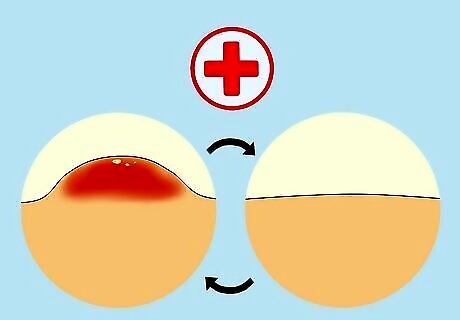
See your doctor if you keep getting carbuncles or if they won’t heal. If your carbuncles just don’t seem to be getting any better, or you notice that you’re getting them over and over again, contact your doctor. They’ll examine you and potentially run some tests to make sure there isn’t a deeper medical issue such as diabetes or a problem with your immune system.
Prognosis
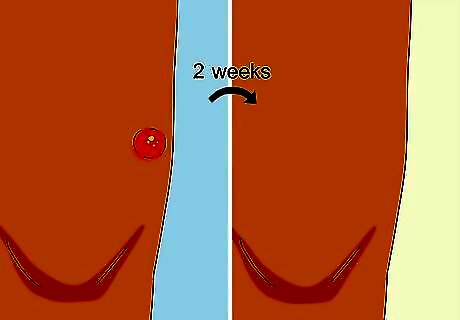
Small carbuncles can drain and heal on their own within 2 weeks. The good news is most carbuncles will heal up on their own, even without treatment. Once they develop yellow-white tips and start draining, usually they’ll be completely gone within 2 weeks.
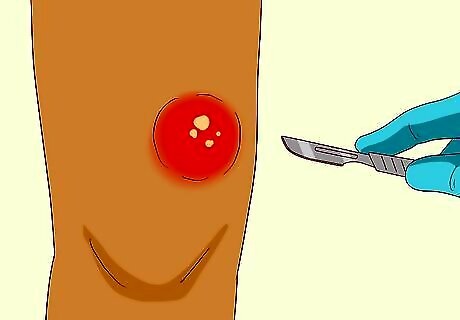
Deep or large carbuncles may need to be drained by your doctor. Stubborn carbuncles that are located deep in your skin and don’t seem to be draining will need to be medically drained by your doctor. Additionally, large carbuncles may take a long time to drain on their own, so your doctor can speed up the process by making a small incision and medically draining the carbuncle. Your doctor may also prescribe you an antibiotic to help you fight the infection.
Prevention
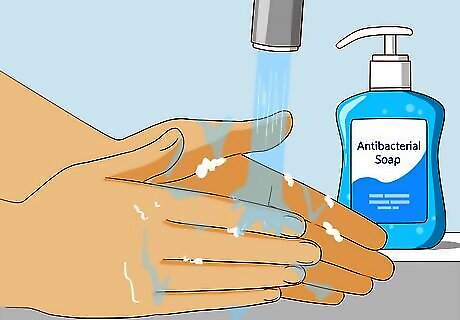
Wash your hands and skin regularly with antibacterial soap. Shower or bathe regularly and use a mild antibacterial soap to keep your skin clean. Wash your hands often, especially if you already have a carbuncle to avoid spreading the bacteria to other regions.
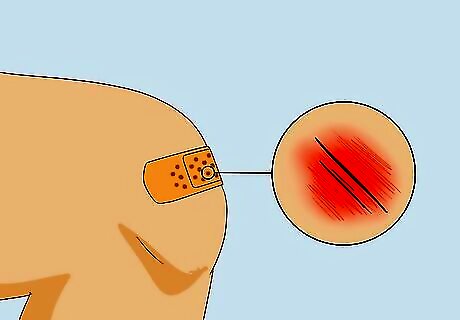
Keep any wounds covered with sterile, dry bandages. If you get a cut or scrape, keep it covered. Use a sterile bandage to protect your damaged skin from getting additional bacteria inside that could cause a carbuncle.
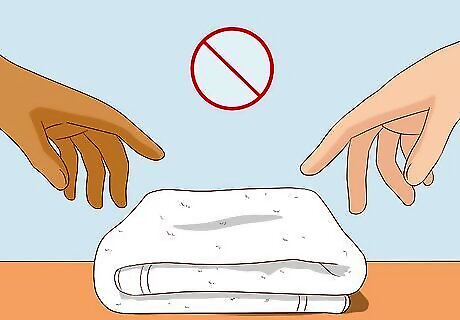
Avoid sharing personal items with other people to reduce your risk. Don’t share towels, clothes, or gym equipment with other people to minimize your risk of getting carbuncles. Be especially careful if someone already has a carbuncle.
Additional Info
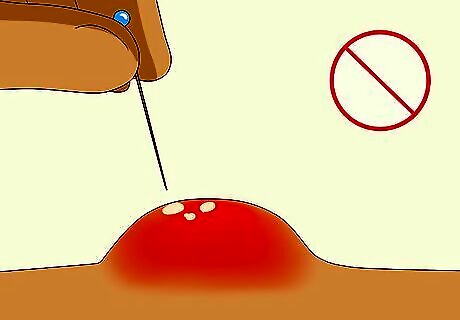
Never squeeze or drain a carbuncle yourself. Attempting to pop or drain your carbuncle can actually spread the infection and make it worse. Allow the carbuncle to drain on its own or see your doctor to have it medically drained.


















Comments
0 comment